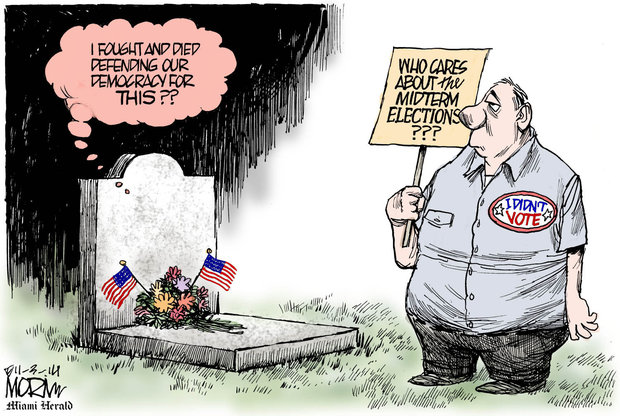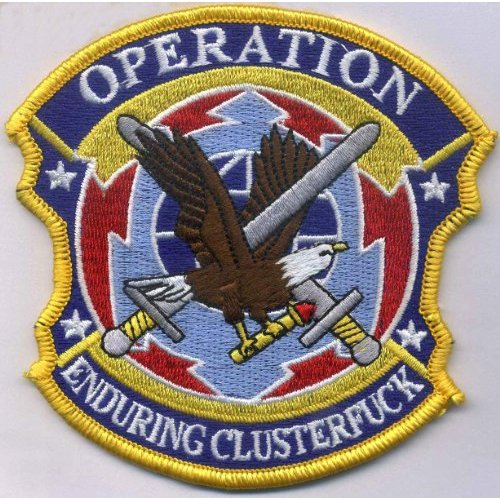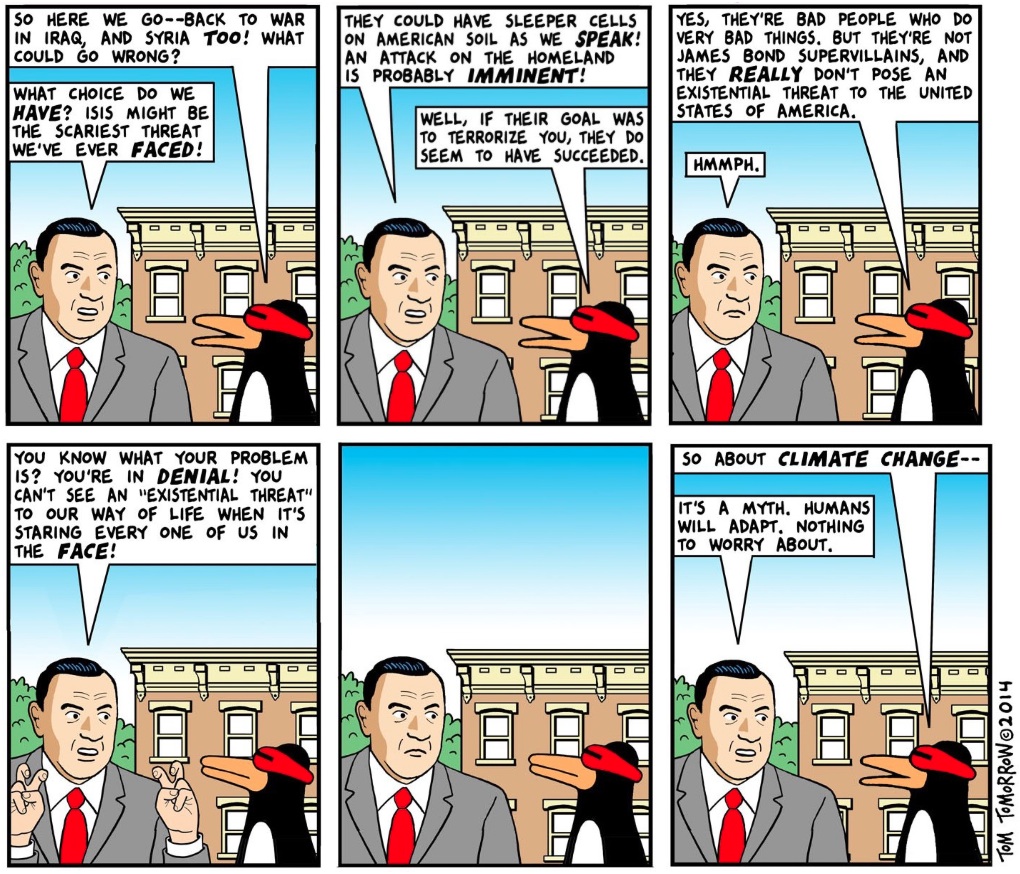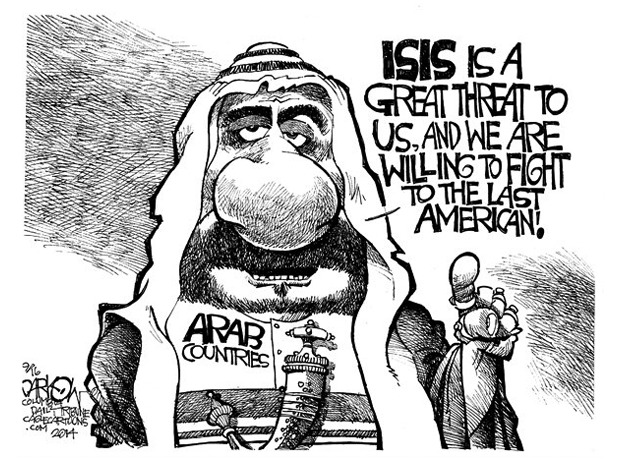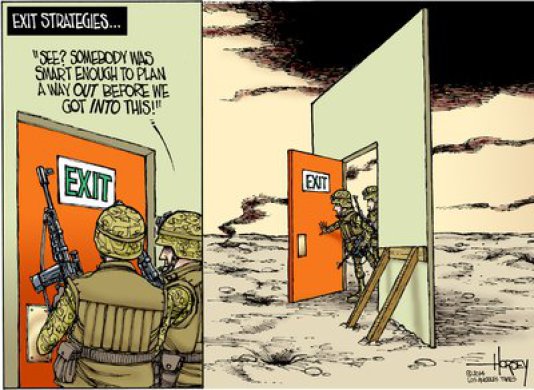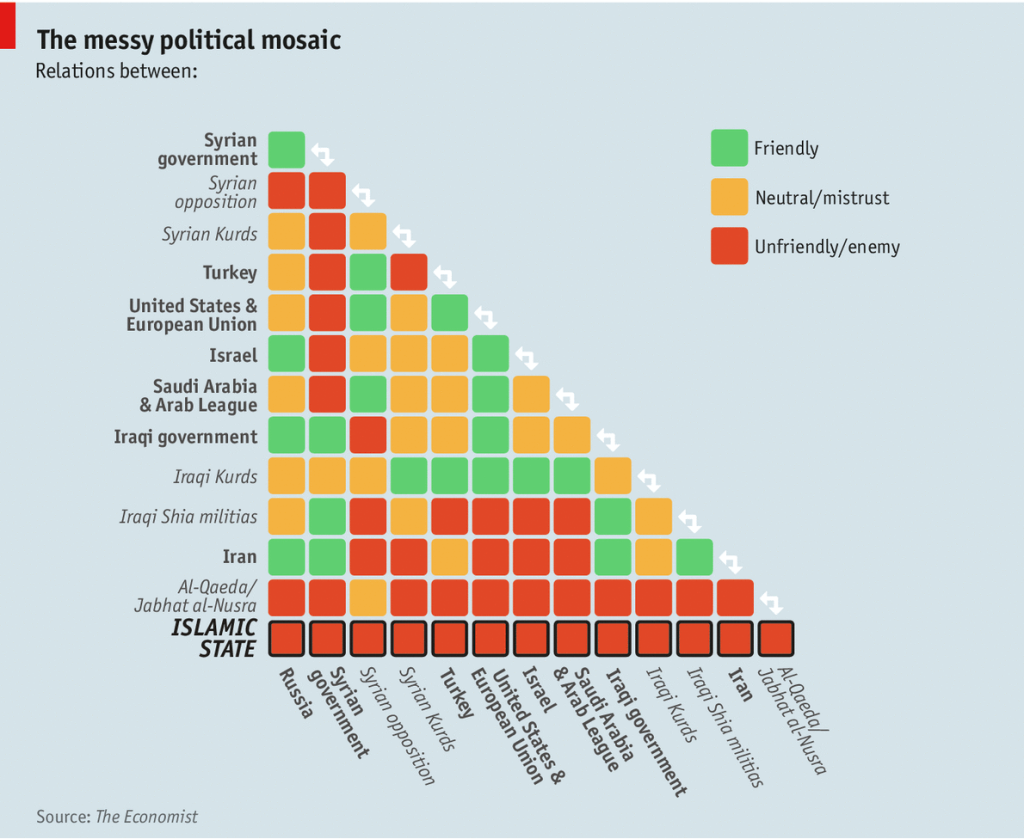With the pot boiling in Ukraine, Angela Merkel and Francois Hollande have spearheaded a plan to bring Russia, Ukraine along with France and Germany to a peace summit that may be held this week. That may or may not lead to anything, but, our Republican Chicken Hawk leaders in Congress have already decided it is a wimpy response to Russian aggression in Ukraine.
Sen. John McCain is reported by the Telegraph to have compared this initiative to the Munich Agreement in 1938 between Neville Chamberlain, the British Prime Minister, and Adolf Hitler, which allowed Nazi Germany to annex the Sudetenland:
History shows us that dictators will always take more if you let them…They will not be dissuaded from their brutal behavior when you fly to meet them to Moscow – just as leaders once flew to this city.
Mrs. Merkel said that she was against supplying Ukraine with lethal aid. McCain’s reaction to the leader of Germany? He summed up his reaction to Ms. Merkel’s speech with one word: “Foolishness.”
What has to happen before we stop listening to the Chicken Hawk wing in Congress? Clearly, losing wars isn’t enough for us to stop using military force to meddle in other nations’ problems. The “War on Terror” has been a transfer of national wealth to the corporatocracy. War and weapons of war are strategic US exports, peace just isn’t that profitable.
But today, let’s step back and look at the confluence of two emerging societal issues with our military, and the risks they could bring.
First, the risks implied by having a professional military have been examined by the Wrongologist. This has two effects: It divorces the rest of us from the consequences of foreign wars. Out of a population of 310 million, only about three-quarters of 1% served in Iraq or Afghanistan at any point in the post-9/11 years. It is also skewing the demographics of our military. Today’s map of the states of those in military service align closely with today’s red states:
Montana, Alaska, Florida, Wyoming, Maine and Texas now send the largest number of people per capita to the military. The states with the lowest contribution rates? Rhode Island, Massachusetts, Connecticut, New Jersey and New York.
What’s clear from the data is that a major national institution, the US military, now has tighter connections to some regions of the country than to others, something that wasn’t true when we had a draft. The uneven pattern of military service is not an insignificant reflection of the cultural differences that characterize different regions of our country, and this has broad ramifications for our future.
Second, according to the WaPo, we’re “optimizing” the Federal civil service for Veterans:
Obama began accelerating the hiring of veterans five years ago in response to the bleak employment prospects many service members faced after coming home from Afghanistan and Iraq.
Veterans benefit from preferential hiring for civil service jobs under a law dating back to World War II, but the Obama administration has increased the extra credit veterans get, giving them an even greater edge in getting those jobs. The government has also set hiring goals for veterans at each agency, and managers are graded on how many they bring on board, officials said. WaPo says that the result is that veterans made up 46% of full-time hires last year, according to the Office of Personnel Management. They now represent a third of the federal workforce, holding positions throughout the Federal government.
Here is the concern: Heidi A. Urben, studied the attitudes of the officer corps, and found that about 60% said they identify with the Republican Party. But, that’s not all:
Officers who identify with the Republican Party display lower levels of trust for their civilian superiors
The Wrongologist is pro-military. He served during the Vietnam era. Yet, is there a perfect storm brewing?
• We have an all-professional military that doesn’t really trust civilian superiors.
• Those who leave the professional military are staffing one-third of our federal workforce.
Charles J. Dunlap Jr., a retired Air Force major general at the Duke Law Schools says: (emphasis by the Wrongologist)
I think there is a strong sense in the military that it is a better society than the one it serves…In the generation coming up, we’ve got lieutenants and majors who had been the warrior-kings in their little outposts…They were literally making life-or-death decisions. You can’t take that generation and say, ‘You can be seen and not heard.’
The Wrongologist has no idea what the effects of having veterans become a majority of our federal employees will be, but the active duty and the retired military are part of a fraternity. They share common training and values. They share political views, they come from the same states.
It is not hard to imagine that there is an iceberg straight ahead that we are ignoring.
And as the captain said on the Titanic: “Iceberg? What iceberg?”

